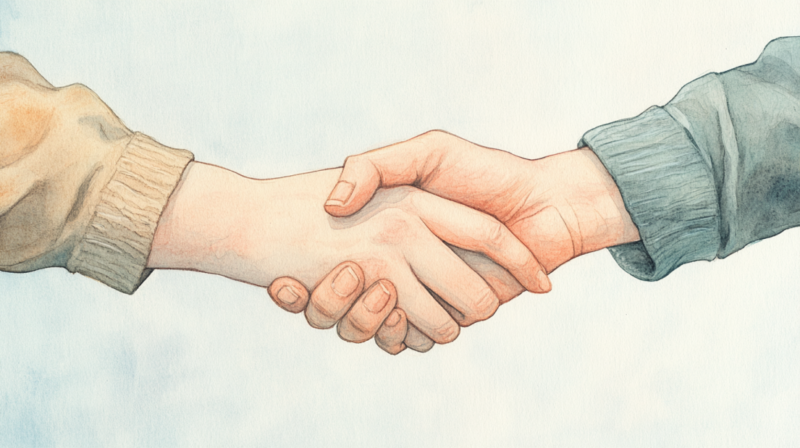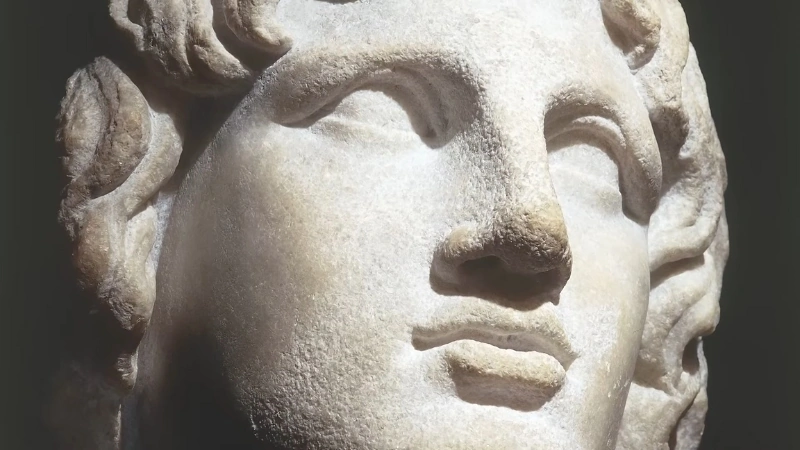
Share Post:
Empathy—the ability to feel what others feel—is often regarded as one of the highest qualities of human nature. It is the foundation of human morality, the bedrock of ethics, and the essence of what we call good and evil. The ability to understand and share emotions allows societies to function cohesively and fosters deep connections between individuals.
But what if this defining characteristic of humanity is not unique to us? What if empathy, often considered an exclusively human trait, is shared by other species? What if its origins stretch far beyond human evolution, making it a fundamental force in the social behaviors of numerous animals?
Science increasingly supports the idea that empathy is not an invention of human civilization but an evolutionary mechanism observed across species, from primates to rodents to our beloved domestic pets. As we uncover more about how animals experience and act on emotions, our understanding of morality, ethics, and even our place in nature is reshaped.
Table of Contents
ToggleThe Evolution of Empathy: Beyond Humanity
For a long time, empathy was believed to be a uniquely human trait, distinguishing us from other animals. However, early studies of primates—our closest relatives—began challenging this assumption.
Observations of chimpanzees and orangutans revealed behaviors that could only be interpreted as acts of empathy. They comfort one another in distress, share food, and even mourn their dead.
As scientific inquiry progressed, evidence of empathy in non-primates emerged. Anyone who has ever lived with a pet dog or cat has likely witnessed their ability to sense human emotions.
Dogs, for example, have been known to respond to human sadness by offering physical comfort, and cats often react to their owners’ distress by staying close to them. These examples suggest that empathy extends beyond the human experience.
One of the most compelling studies on non-human empathy was conducted by neurobiologist Peggy Mason and her team at the University of Chicago in 2011. The study placed a free rat next to another rat trapped in a confined space.
In an act of what seemed like altruism, the free rat consistently opened the cage door to release its trapped companion. This behavior did not extend to inanimate objects—when placed next to a toy rat, the free rat showed no interest in opening the door.
Even more remarkably, when given the choice between freeing a fellow rat and obtaining a tasty chocolate treat, the free rat often prioritized the welfare of its companion. It not only freed the trapped rat but also shared the chocolate, suggesting a sense of fairness and social responsibility.
These findings imply that empathy is likely a universal trait among mammals, deeply embedded in social species to promote cooperation and survival.
The Debate: Instinct or True Empathy?
Humans feel empathy and help each other, which makes us different from animals.*
*(Most humans) https://t.co/FBFJ4TLJIa
— Daniel (@d_feldman) February 17, 2025
While Mason’s study provides strong evidence for empathy in animals, some researchers remain skeptical. Alex Kacelnik, a behavioral ecologist, argues that we may be guilty of anthropomorphism—projecting human-like emotions onto animals. He suggests that the rats’ actions may not stem from emotional concern but rather from learned behaviors or social conditioning.
The challenge in studying animal empathy lies in proving motivation. While we can observe behavior, we cannot directly access an animal’s internal experience. Do they feel the distress of another as we do, or are they simply responding to social cues for survival?
Even if the debate continues, one thing is clear: empathy, in some form, is present in various species, and its role in shaping social interactions cannot be ignored.
Empathy Across the Animal Kingdom
Empathy is not evenly distributed across species. It is most prevalent in social animals, those that rely on group dynamics for survival. The strength and complexity of empathy depend on how an animal’s society is structured.
Dogs: Humanity’s Emotional Companions

Dogs have evolved alongside humans for thousands of years, and in doing so, they have developed an unparalleled sensitivity to human emotions. Their ability to read facial expressions, body language, and even vocal tones makes them uniquely attuned to our moods.
Studies have shown that dogs respond differently when their owners are happy, sad, or stressed, often mirroring emotions in a process known as emotional contagion.
This co-evolution between dogs and humans is a prime example of how empathy can be reinforced through social bonding and selective pressures over time.
Primates: The Closest Relatives to Human Empathy
Chimpanzees, bonobos, and orangutans exhibit some of the most sophisticated empathetic behaviors observed in the animal kingdom. They offer comfort to distressed members of their group, share resources, and even make efforts to resolve conflicts.
In some cases, chimps have been observed adopting orphaned infants, a selfless act that does not provide immediate survival benefits to the caregiver.
Rodents: The Smallest Carriers of Compassion

Beyond larger mammals, even rodents display empathy, as seen in the 2011 University of Chicago rat experiment. Rats have also been observed to show a preference for helping distressed companions over seeking personal rewards.
These findings suggest that empathy may not be exclusive to complex social structures but could be a fundamental survival mechanism even in simpler species.
The Evolutionary Purpose of Empathy
According to James Harris at Johns Hopkins University, empathy likely evolved as a mechanism for social cohesion. In group-living species, maintaining strong social bonds is critical for survival. Empathy helps regulate group dynamics, ensuring cooperation and reducing conflict.
This idea aligns with Charles Darwin’s theory of evolution. Contrary to the notion of “survival of the fittest” as purely competitive, Darwin also emphasized the role of social cooperation in survival. Those who support and protect their group have a better chance of survival than those who act solely in self-interest.
Harris explains:
“If you’re evolving and you’re in a group, you’re more sensitive to the pain of other members in a group.”
This sensitivity promotes behaviors that benefit the collective, ensuring greater overall stability.
Empathy and Morality: The Foundation of Ethics
If empathy is a natural trait found across species, how does this affect our understanding of morality?
For centuries, both religion and philosophy have emphasized the importance of empathy in ethical decision-making. From the Golden Rule (“Do unto others as you would have them do unto you”) to the principles of compassion found in Buddhism and Christianity, empathy has been regarded as the foundation of moral behavior.
Modern neuroscience supports this view. Studies have found that moral decision-making activates the brain’s anterior cingulate cortex, the same region associated with experiencing pain and emotional distress. This suggests that much of human morality is rooted in our ability to empathize with others’ suffering.
Psychiatrist Regina Pally further emphasizes this in The Reflective Parent:
“People will go into a burning building to rescue another person. Less heroic forms of moral behavior occur daily as we avoid bumping into people and try not to hurt their feelings. Much of our moral behavior relates to preventing pain in others and relies on the brain’s shared circuitry for pain and emotional distress.”
Thus, empathy is not just an emotional response—it is the biological foundation of morality itself.
Conclusion
Empathy is not exclusive to humans. It exists in primates, dogs, rodents, and many other social species, suggesting it has been shaped by evolutionary forces long before humanity emerged. It serves as a fundamental tool for cooperation, survival, and morality.
Many of the most influential people in history have demonstrated an exceptional understanding of empathy, using it to inspire positive change and forge lasting connections.
However, humans remain unique in their ability to rationalize, analyze, and regulate their empathetic responses. Unlike other species, we can choose how we act upon our empathy—whether to amplify it or suppress it. This ability gives us immense power but also great responsibility.
Recognizing that empathy is a shared trait among many species should lead us to reevaluate our treatment of animals, our understanding of morality, and our approach to social cooperation. The more we understand empathy, the more we understand not just ourselves, but the entire fabric of life on Earth.






